Growing bookworms – Interactive books for children Part 1
Posted: August 10, 2022 Filed under: Books, Children's Books, Growing Bookworms | Tags: "Writing to be Read, #Childrensfiction, Childrens Books, Growing Bookworms, Interactive Books, Robbie Cheadle 62 Comments
Interactive books for children are those books that allow for active participation from, and interaction by, the child as part of the reading process. There are two categories of interactive books for children: those that incorporate modern technology and provide for digital participation by children, and those that are not digital.
Today, I’m going to chat about the non-digital interactive books for children. There are a myriad of non-digital interactive books for children, aimed at a variety of different age groups.
Touch and feel books are aimed at very young children. They are wonderful for helping children to associate their sense of touch with a word or words. For example, a picture of a duck could include soft, fluffy feathers and a picture of a tree could have rough bark. Most touch and feel books are very simple and only teach one word at a time. I had a few books like this for my sons when they were babies and very young toddlers and they loved them.
Interactive books for older toddlers and pre-school children include pull-tabs, flaps, pull-downs, and pop-up books. Pop up books work by literally popping up a 3-D picture when the child turns the page. These were hugely successful with my boys but I did have to teach them not to pull on the pop-ups and break them. I also had to teach them not to pull tabs, flaps, and pull-downs too hard, but they learned quickly and my instruction ensured they treated their physical books with respect.
This is a link to a pop-up Alice in Wonderland book on Amazon US. It’s not the same as the one I had for my sons but it looks equally fun: https://www.amazon.com/Alices-Adventures-Wonderland-Pop-up-Adaptation/dp/0689847432

Colouring books speak for themselves and allow children to colour in the pictures that relate to the stories. There are also sticker books that allow the child to dress the characters.
Usborne has an amazing selection of sticker books. You can find out more about them here: Amazon US Usborne sticker books
Hidden object books are those that hide various objects within pictures for the child to discover. These books are available for a variety of age groups, and my boys loved the Where’s Wally books.

This is the blurb of the Where’s Wally Amazing Adventures and Activities 8 Books Bag Collection Set: https://www.amazon.com/Adventures-Activities-Collection-Fntastic-Hollywood/dp/9123888113
Where’s Wally?:
The original book which kick-started the worldwide Wally phenomenon! Search for Wally and his friends as they hike round the world.
Where’s Wally Now?:
Wally and his friends travel through time in this second best-selling classic adventure. Search for them as they visit the Stone Age, Ancient Egypt, the Vikings …
The Fantastic Journey:
Hidden in every intricately-detailed scene are Wally and his friends – so let the hunt begin! Search for them in the land of the unfriendly giants, the watery world of the deep-sea divers.
Where’s Wally? In Hollywood:
Wally visits the land where dreams are made in this classic activity book! He meets directors and actors, walks through the crowds of extras, and sees behind the scenes.
Where’s Wally? In Outer Space:
Play tangle line teasers, find your way out of a space race maze, unscramble muddled up words, crack alien codes, match and spot the differences in busy picture puzzles.
Where’s Wally? At Sea:
Untangle fishing lines; solve a boat race riddle; match seaside silhouettes; track down pirate treasure on a map; join up words in a message in a bottle.
Where’s Wally? Across Lands:
Scale castle walls and ancient Aztec temples as you complete games, crack written riddles, get creative by drawing your own Egyptian city and doodling inside speech bubbles.
Where’s Wally? Takes Flight:
Work your way out of a busy airport runway maze; match up dragons to their race day medals; solve birdy word searches and visual snap; colour in a nighttime dragon scene.
My sons both spent hours pawing through these books.
The last type of interactive book I’m mentioning in this post are game books. These are middle school children’s books where each section ends with a decision. The child makes a choice and is directed to the next section on a specific page. I managed to obtain a big pile of the Choose Your Own Adventure books when I was a girl, and I absolutely loved them.
This is the link to the Choose Your Own Adventure series on Amazon US: https://www.amazon.com/Alices-Adventures-Wonderland-Pop-up-Adaptation/dp/0689847432
What Amazon says: Widely commended for its appeal to reluctant readers, Choose Your Own Adventure is the 4th bestselling book series for children of all time. Written in the second-person, the reader is the hero of the story, and at the bottom of each page, there is a decision point: If you go in search of the yeti, turn to page 11. If you think it is safest to stay put and call for help, turn to page 25. By reading and choosing, kids become more engaged, making the Choose Your Own Adventure series a stealth reading program for reluctant readers.

About Robbie Cheadle

Robbie Cheadle is a South African children’s author and poet with ten children’s books and two poetry books.
The eight Sir Chocolate children’s picture books, co-authored by Robbie and Michael Cheadle, are written in sweet, short rhymes which are easy for young children to follow and are illustrated with pictures of delicious cakes and cake decorations. Each book also includes simple recipes or biscuit art directions which children can make under adult supervision.
Robbie has also published two books for older children which incorporate recipes that are relevant to the storylines.
Robbie has two adult novels in the paranormal historical and supernatural fantasy genres published under the name Roberta Eaton Cheadle. She also has short stories, in the horror and paranormal genre, and poems included in several anthologies.
Robbie Cheadle contributes two monthly posts to https://writingtoberead.com, namely, Growing Bookworms, a series providing advice to caregivers on how to encourage children to read and write, and Treasuring Poetry, a series aimed at introducing poetry lovers to new poets and poetry books.
In addition, Roberta Eaton Cheadle contributes one monthly post to https://writingtoberead.com called Dark Origins: African Myths and Legends which shares information about the cultures, myths and legends of the indigenous people of southern Africa.
Robbie has a blog, https://robbiesinspiration.wordpress.com where she shares book reviews, recipes, author interviews, and poetry.
Find Robbie Cheadle
Blog: https://www.robbiecheadle.co.za/
Blog: robbiesinspiration.wordpress.com
Twitter: BakeandWrite
Instagram: Robbie Cheadle – Instagram
Facebook: Sir Chocolate Books
______________________________________________________________________________________________
Want to be sure not to miss any of Robbie’s “Growing Bookworms” segments? Subscribe to Writing to be Read for e-mail notifications whenever new content is posted or follow WtbR on WordPress. If you found it interesting or entertaining, please share.


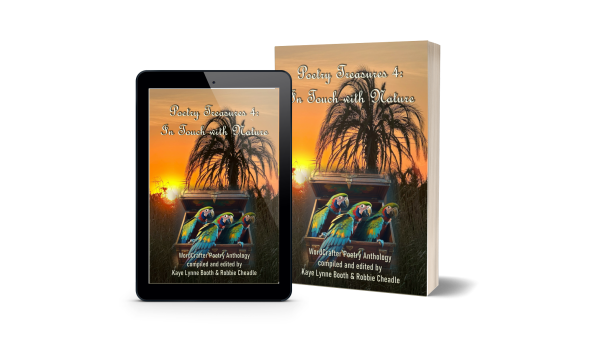
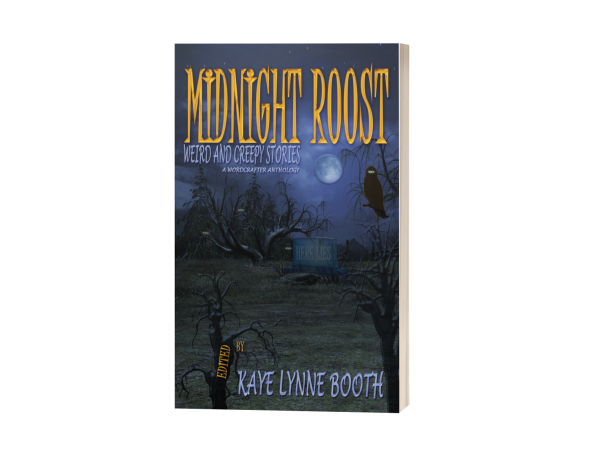



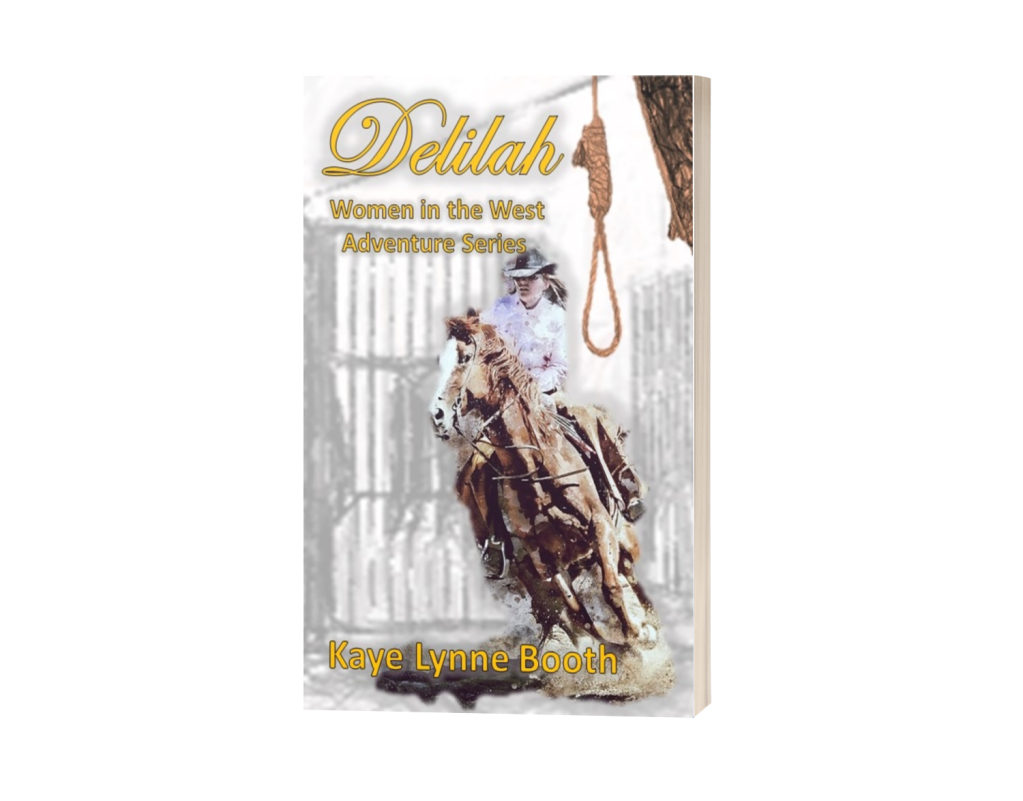
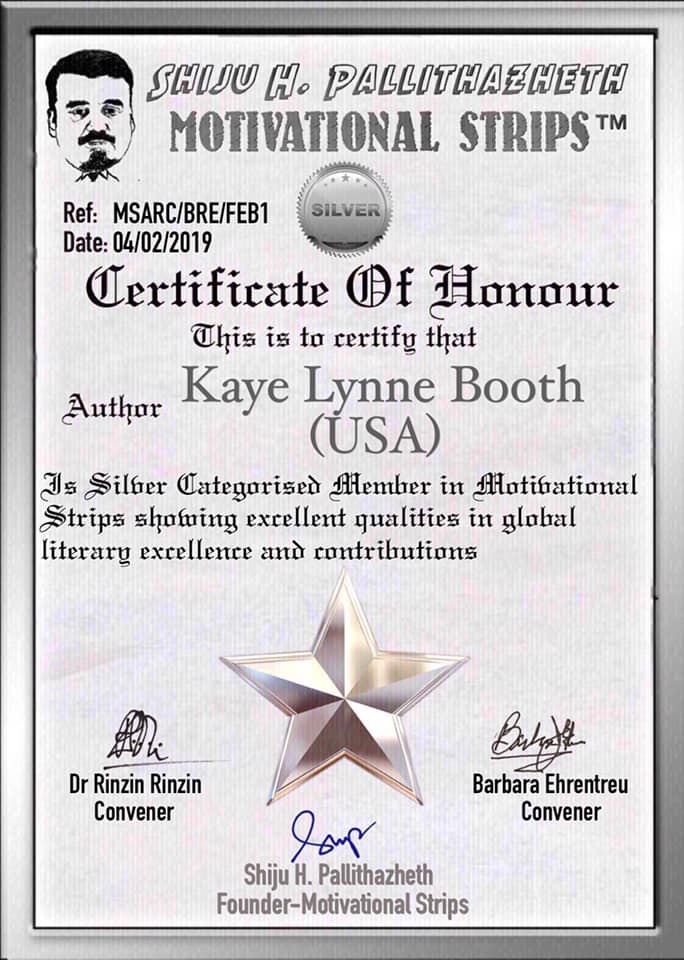
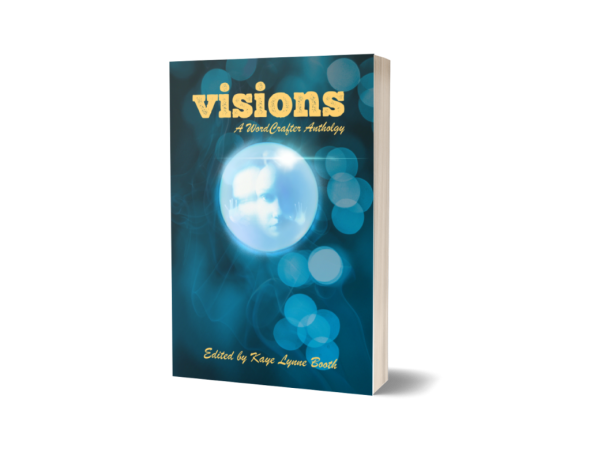


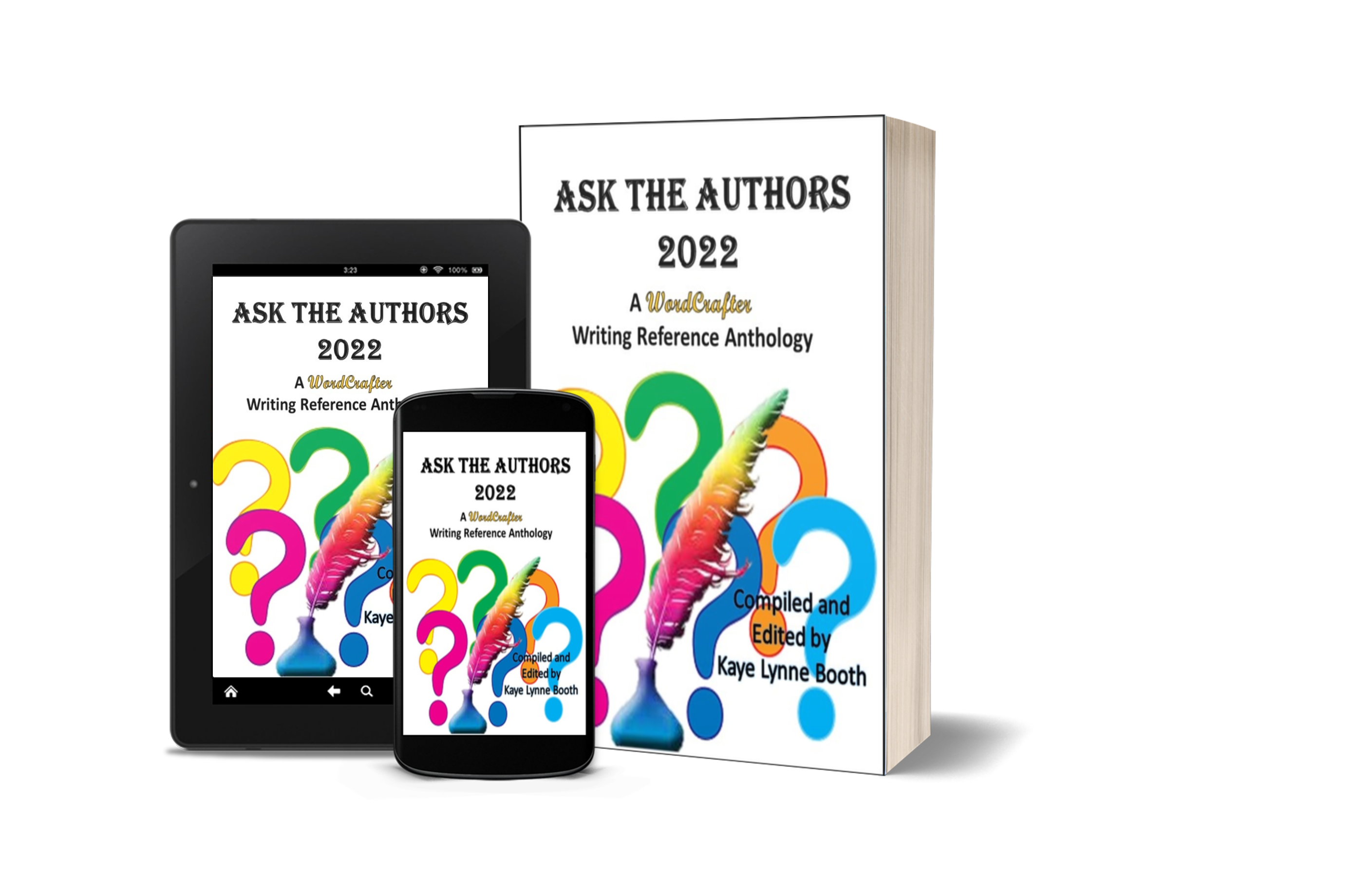
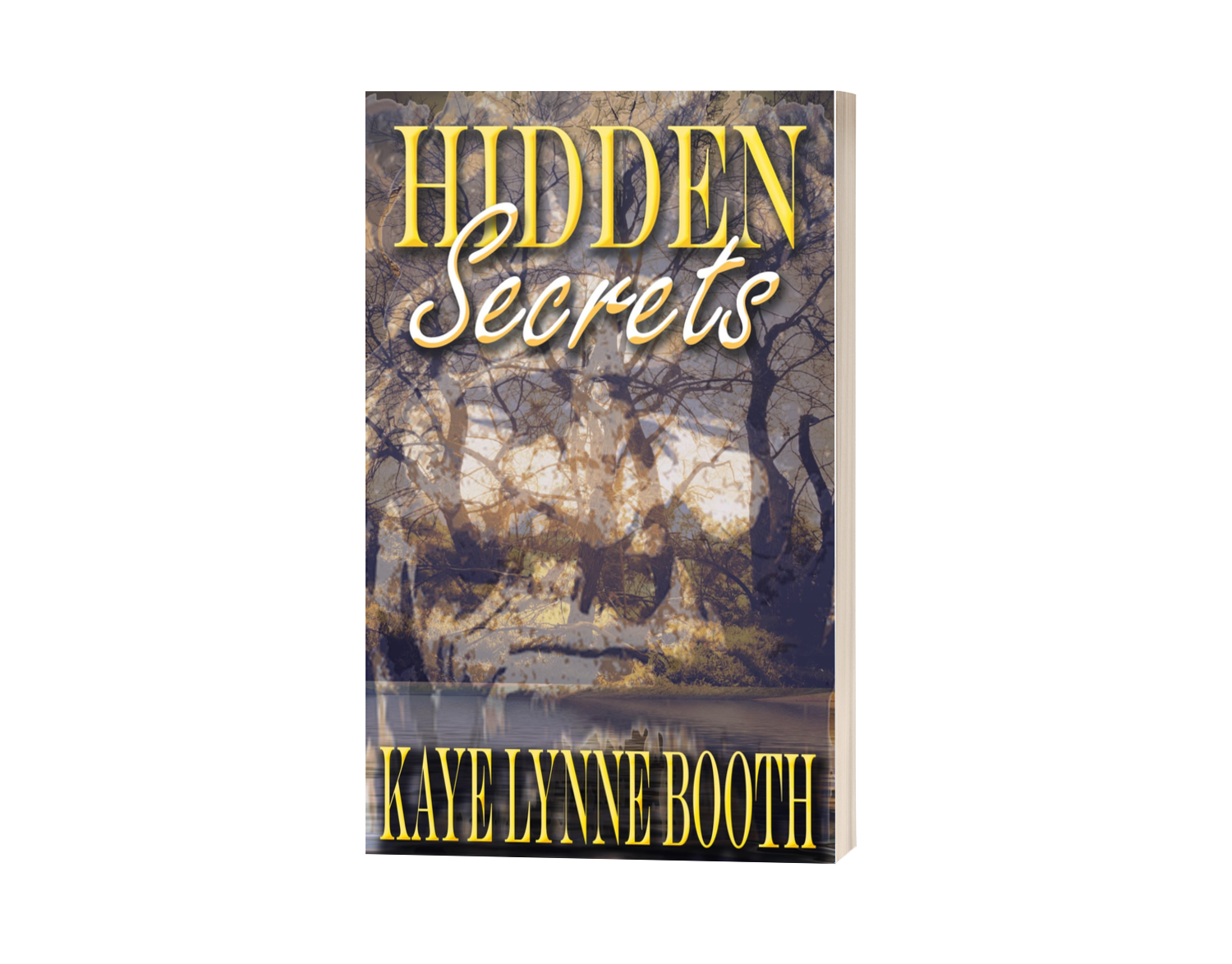
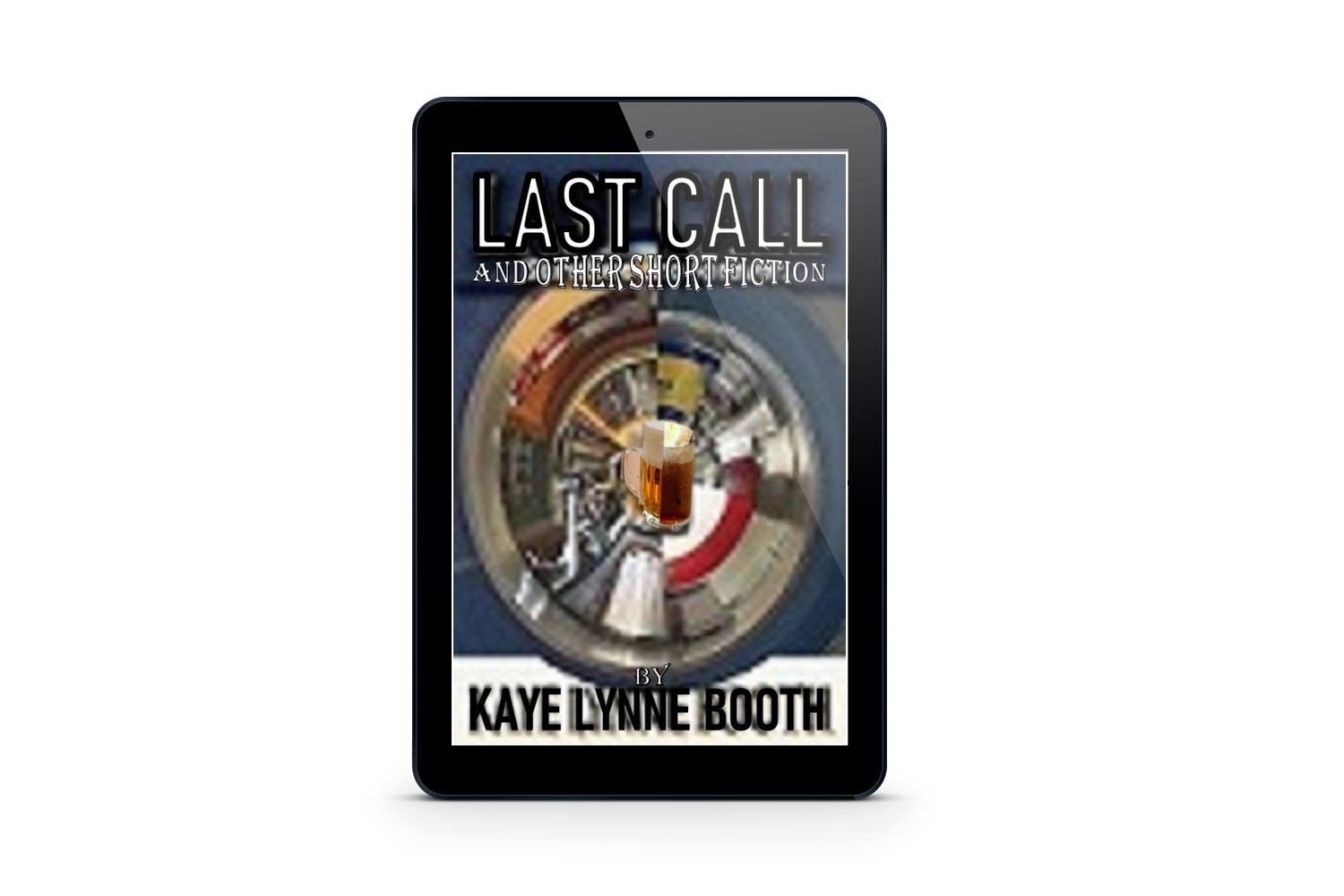
Robbie, excellent overview of interactive books for young readers! It sounds like you gave your sons wonderful experiences with those books in their early years. 🙂
LikeLiked by 2 people
Hi Dave, I did provide my sons with a wide variety of books to read and ‘experiment with’. Michael liked non-fiction as a young boy and I had all the Mickey Wonders Why books which were fantastic. I didn’t make negative comments about any types of reading material so anything went, and still does, including graphic novels and comics which my teachers didn’t consider to be reading at all.
LikeLiked by 2 people
Thanks Robbie for the suggestions. I have a reluctant reader in our family and I am going to purchase some of your suggestions.
LikeLiked by 3 people
Hi Bernadette, these books helped both my sons develop an interest in reading. If your reluctant reader is a boy, the Mickey Wonders Why series was a huge hit with Michael.
LikeLiked by 3 people
No, it’s my granddaughter Maya. I sent for the Alice in Wonderland Book from your article and a yoga coloring book.🤞🏻
LikeLiked by 2 people
I hope she enjoys them. I am the world’s biggest Alice in Wonderland fan. I have several different versions of it, including a pop up book.
LikeLiked by 1 person
Reblogged this on Robbie's inspiration and commented:
I am over at Writing to be Read with this month’s Growing Bookworms article about interactive books for children. This post covers non-digital interactive books. Thanks for hosting, Kaye Lynne Booth.
LikeLiked by 2 people
My pleasure, Robbie. 🙂
LikeLiked by 2 people
Shared both posts on Twitter for you, Robbie. 🙂
Best wishes, Pete.
LikeLiked by 3 people
Thanks, Pete.
LikeLiked by 3 people
What a great look at interactive books, Robbie. My grandchildren all loved the pop-up and textured books.
LikeLiked by 3 people
HI Jan, I think they are very popular with young children. Thanks for visiting.
LikeLiked by 3 people
Great reminder of these wonderful print interactive books.
LikeLiked by 3 people
Hi Jacqui, I am more in favour of this type of interactive book because I think modern kids have enough of digitalisation with other products. I accept, however, that the world has moved to digitalisation and that is probably where children’s books are going.
LikeLiked by 3 people
Great information, Robbie. I love all of these stages of reading and the fun they offer.
LikeLiked by 3 people
HI Denise, I am really pleased to know that. Readers grow readers, don’t they?
LikeLiked by 2 people
Of course I’m familiar with Alice in Wonderland but somehow missed out on the Wally books when my kids were young. Cliff and I both love your marvelous dough boy, flexing his muscles. Fabulous! 😀
LikeLiked by 3 people
Hi Marian, Alice in Wonderland is a favourite children’s book of mine and I have about nine different versions, including a pop-up book. Where’s Wally is very popular with the Gen Z’s. They are fun for adults too. I’m glad you like my strong man.
LikeLiked by 3 people
I loved these kind of interactive books, and enjoyed many an hour with our granddaughter… Especially the sticker books as she had to choose the sticker as the story unfolded… Colouring books also top of the list… And I think I never grew out of them 😉 lol 🙂
LikeLiked by 3 people
Hi Sue, I think boys are girls do prefer different types of books. My sons never really took to colouring but my nieces love it. I remember pull out paper dolls which you could dress when I was a girl. They came in a book with a girly story about the particular paper doll. My sons wouldn’t have been interested in dressing male characters unless they were historical like Sir Francis Drake. Then they were interested.
LikeLiked by 1 person
Yes my granddaughter had a favourite ballerina book she could trace with different templates to colour in which also had sticker dresses.
It gets them creative. 😍
LikeLiked by 1 person
Thanks Robbie and great article. A wonderful way to get children engaged and your boys had a great start to their reading adventure..thanks Kaye Lynne… xx
LikeLiked by 3 people
Hi Sally, I am pleased you liked this article. I had a lovely time discovering these books with my sons. I never had these when I was young.
LikeLiked by 3 people
I’m a fan of interactive books, especially the ones where you can interact with the book, and I still remember some I had as a child. I read some of the choose your own adventure with my younger cousins, but I don’t think they were available here when I was a child. Anything that gets children interested in books is good, and these are very creative and fun as well. Thanks for reminding us of those books and for your recommendations, Robbie.
LikeLiked by 3 people
Hi Olga, I do believe the Chose your own adventure books were new when I discovered them. The libraries didn’t have them and I had to earn money and buy them new. I just loved them and I bought a set for my sons when they were younger. I also love pop up books and I have a collection of them.
LikeLiked by 2 people
wonderful post, Robbie. I never thought about the many ways a book could be interactive. I have enjoyed all of the types that you mention…
LikeLiked by 3 people
Hi Jim, that is great to know. Kids do seem to love interactive books.
LikeLiked by 3 people
and adults 🙂
LikeLiked by 2 people
Such fun! It seems that the Build Your Own Adventure books would help children build the critical thinking skills that are so important later in life.
LikeLiked by 3 people
Hi Liz, you do make a good point about that. I used to make my choice and read it through to the end and then go back and follow all the other choices. I really loved those books.
LikeLiked by 2 people
I would have done the same thing just out of curiosity and not wanting to miss out.
LikeLiked by 2 people
For many years the younger kids were enthralled by our version of Where’s Wally? They were called “Where’s Waldo.” Kids could check out two books when they went to the school library. I eventually had to devise a rule that they could check out one Where’s Waldo book as long as they checked out one story book.
LikeLiked by 2 people
Hi Pete, I have seen Where’s Waldo about so that version of the hidden objects books is also available here in SA. Unfortunately, there isn’t a strong culture of reading here as our indigenous populations have a culture of oral story telling rather than written books and many of them are also very poor and can’t afford books. That is why I donate so many books to literacy programmes here.
LikeLiked by 2 people
That’s such an admirable thing to do. Literacy rocks!
LikeLiked by 2 people
What a great article, Robbie – kids have so much fun with these, we can’t ever do without them. Toni x
LikeLiked by 2 people
Thanks, Toni, kids do have fun with these sorts of books. Modern kids have marvelous things available to them compared to when we were younger.
LikeLiked by 2 people
Interactive books can certainly pique a child’s interest, which is a great thing to promote reading. Great article, Robbie. I love your dough boy!
LikeLiked by 2 people
Hi Jill, I do think interactive books are a great idea for kids. I tried to make mine more interactive by including the recipes as activities. I see a lot of children’s authors are including colouring pages and other games in their books now.
LikeLiked by 1 person
I read a bunch of these types of books with my daughter and she loved them. I also loved these as a child. They’re a great way to engage little ones in books. Thanks, Robbie, for another informative article, and Kaye Lynne for hosting. 🙂
LikeLiked by 2 people
🙂
LikeLiked by 1 person
Hi Diana, I am pleased to know you enjoyed these types of books and read them with your daughter. They certainly delight children, and adults too.
LikeLiked by 2 people
Some of the ones in my grandson’s bookcase are on their third generation. They’re cherished.
LikeLiked by 1 person
what a great post Robbie and these interactive books were so amazing. My kids loved them as well. Love this! 💖💖
LikeLiked by 2 people
Hi Cindy, I am delighted to know that. I love every type of book but these interactive ones certainly are popular with kids.
LikeLiked by 1 person
[…] Head over to discover some wonderful interactive reading ideas: Growing Bookworms – Interactive Books […]
LikeLiked by 2 people
Thanks for sharing, Sally.
LikeLiked by 1 person
Thank you, Sally. ☺️
LikeLike
Because me and my siblings grew up in a non-digital book world, I am in total support of children being given non-digital books! There are so many reasons to occupy their hands as well as their minds. 🙂
LikeLiked by 2 people
Hi Annette, I feel much the same, but I do realise that digital is here to stay and the kids love it.
LikeLiked by 2 people
Reblogged this on NEW BLOG HERE >> https:/BOOKS.ESLARN-NET.DE.
LikeLiked by 2 people
Thank you for sharing, Michael. 😘
LikeLike
Thank you, Michael.
LikeLiked by 1 person
Thanks for these great suggestions, Robbie! Your figurines are so cute. You are a great multigenre artist. Best wishes, Michael
LikeLiked by 2 people
Hi Michael, I am really pleased you like my strong man. Thanks for visiting and commenting.
LikeLiked by 1 person
What a wonderful and informative post, Robbie. I remember these books when my children were little, and they especially loved sticker books. Thanks to Kaye for hosting you, too.
LikeLiked by 2 people
☺️
LikeLiked by 1 person
Hi Lauren, I am glad you enjoyed this post. My son, Greg, liked the Usborne sticker books which featured historical characters that you could dress in period costumes. Michael always liked animals.
LikeLiked by 3 people
Wonderful book ideas Robbie. I especially like the ‘non digital’ approach. Touching, feeling, discovering with hands is a great grassroot approach to learning. Digital isn’t the best for everything. ❤
LikeLiked by 1 person
Hi Debby, I agree that using the senses is a wonderful way to learn and discover new things. So many kids these days have tactile issues because they don’t experience enough of nature and different textures and sensory situations.
LikeLiked by 3 people
Outstanding, Robbie. You know I fully agree, and your choices are very good. Where’s Waldo is a classic! Hands on is the best way to learn.
LikeLiked by 3 people
HI Jennie, I am so pleased you also like these types of books. My children certainly benefited from these sorts of books.
LikeLiked by 3 people
Yes, they have! Best to you, Robbie.
LikeLiked by 2 people